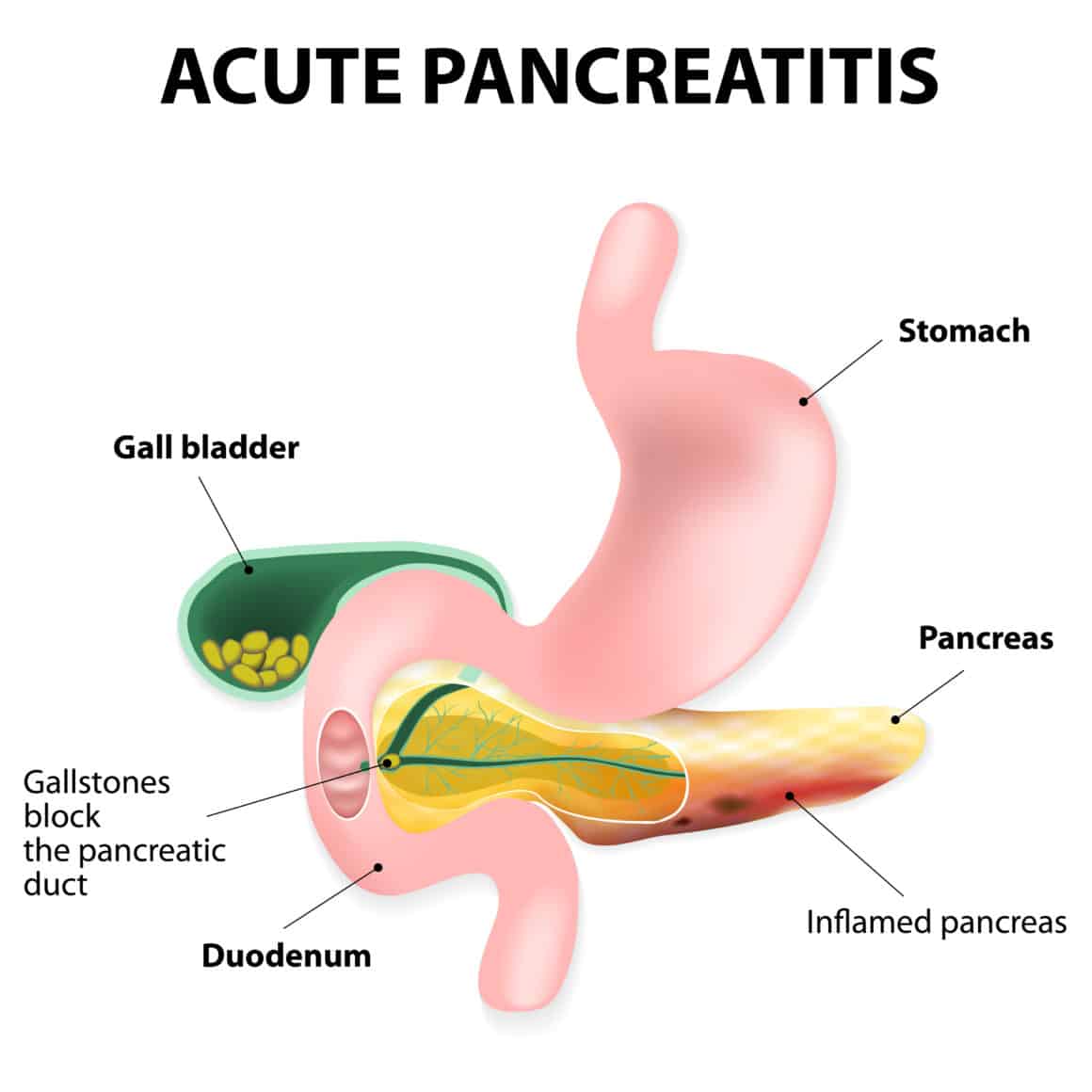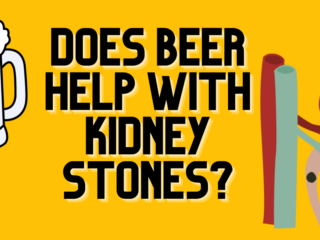Also called: inflammation of the pancreas
Data indicates that cases of acute pancreatitis are becoming more prevalent in the United States, although it’s unclear why. The increase unfortunately includes more children coming down with this condition. On average, the U.S. sees around 275,000 incidents of acute (sudden onset) pancreatitis each year and 86,000 cases of chronic (reoccurring) pancreatitis.
What is Pancreatitis?

Pancreatitis is an inflammation of the pancreas gland, a large organ that sits behind the stomach. It is a tubular organ and part of both the digestive and the endocrine system (the system that controls many bodily functions, such as metabolism, through hormones). The “tail” of the pancreas is in the upper left quadrant of the abdomen.
As part of the digestive system, the pancreas secretes pancreatic juice into the pancreatic duct (duct of Wirsung). From there, the juice flows into the duodenum, which is the first section of the small intestine. This juice contains bicarbonate that will neutralize the acid coming from the stomach. It also provides digestive enzymes that help break down foods, to allow for the absorption of nutrients.
As an endocrine gland, the pancreas helps to regulate blood sugar levels by secreting essential hormones, specifically insulin, somatostatin, and pancreatic polypeptide.
Pancreatitis is a painful condition that can be acute or chronic. When chronic, it can lead to serious diseases such as diabetes or cancer.
FAQ
What are the warning signs of pancreatitis?
The exact signs and symptoms can vary from person to person. Some may experience all of them while other patients just a few.
Generally, someone with pancreatitis will run a fever and experience pain in their upper abdominal area near the stomach; that pain may radiate to the back, as well. That discomfort will likely get worse after eating and lead to tenderness in the upper left side of the abdomen.
In addition, someone with chronic pancreatitis may have unexplained weight loss and oily, smelly stools.
Anyone with persistent abdominal pain should seek medical treatment. It can be a warning sign of pancreatitis, especially if it gets worse after a meal.
Can you be cured of pancreatitis?
Mild cases will resolve themselves with proper rest and treatment. For some, it might be necessary to diagnose and treat an underlying condition first, such as gallstones.
For most people, proper treatment will allow the pancreas time to rest and heal. Treatment often involves both lifestyle changes and medical interventions, such as surgery. Acute pancreatitis can transition into a chronic problem even with treatment, though.
Where is the pain of pancreatitis felt?
The pain occurs in the upper left side or middle of the abdomen and may get worse after eating or drinking. Many people complain of back pain with pancreatitis as well. The abdomen will be tender to the touch, too.
Disclaimer: this article does not constitute or replace medical advice. If you have an emergency or a serious medical question, please contact a medical professional or call 911 immediately. To see our full medical disclaimer, visit our Terms of Use page.








